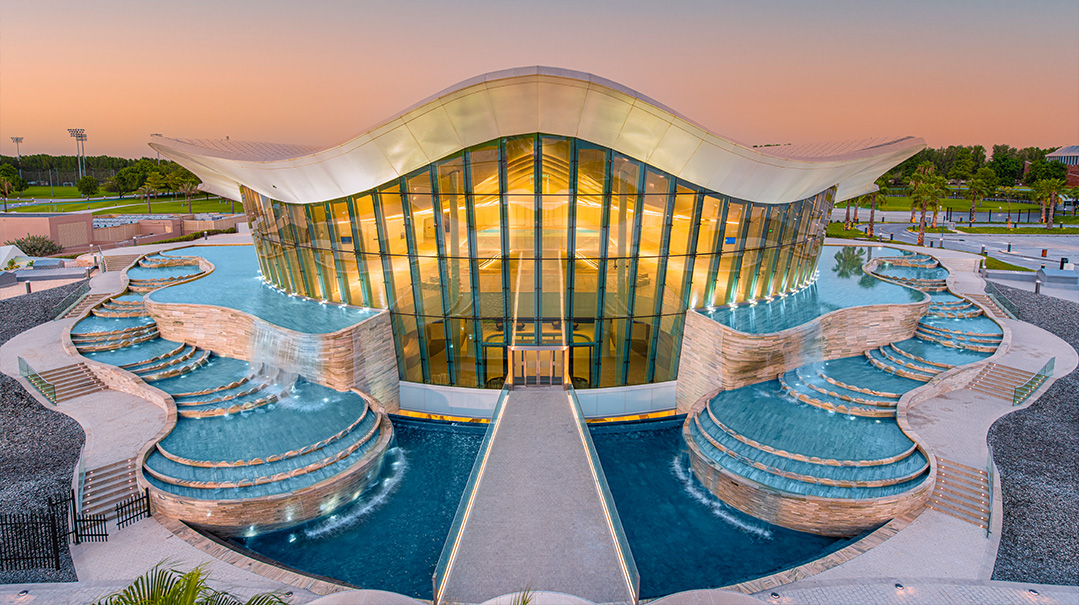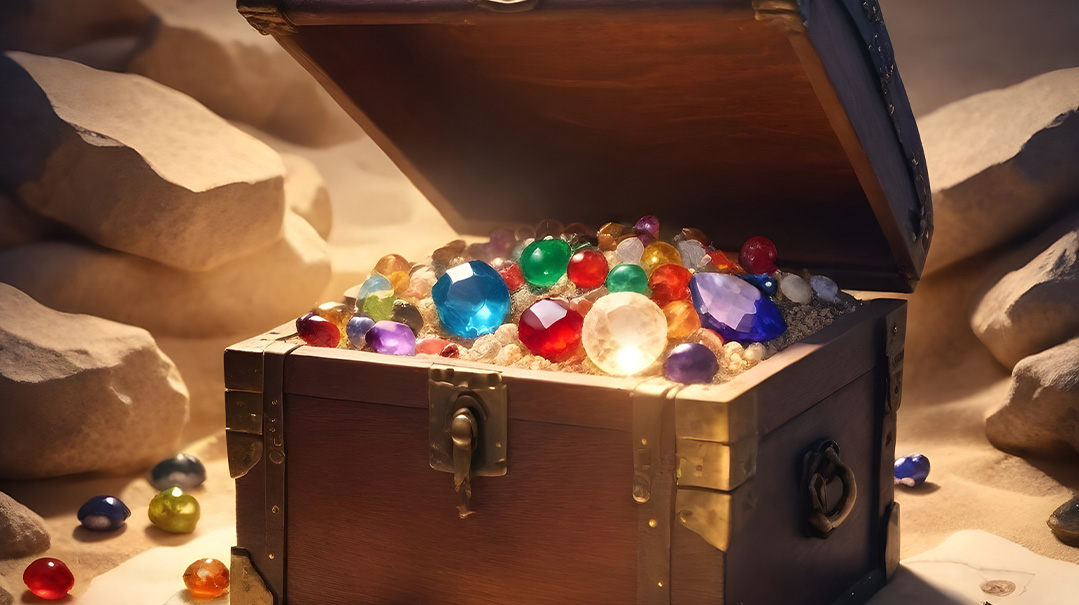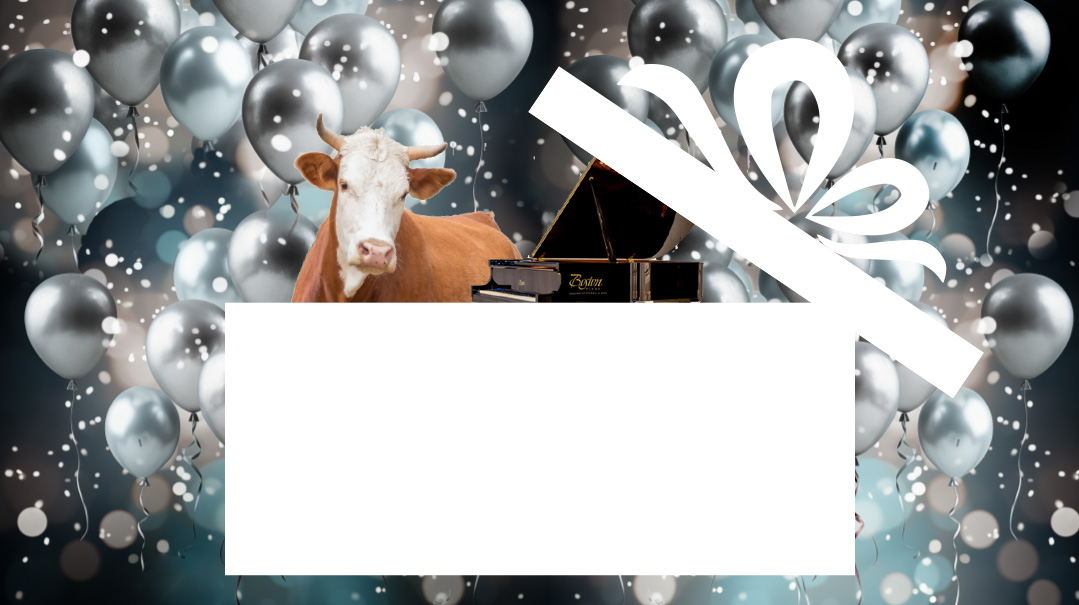Welcome to the Toy Store!
| January 30, 2024Welcome to the Toy Store-y, where you meet some of your favorite toys, and find out the story behind each of them!

Lincoln Logs
Japan has an earthquake problem – around 1,500 a year (although many tremors are too small to be felt). Any building in Japan has to be made using special techniques, fitting wooden beams together perfectly.
Frank Lloyd Wright, a world-famous American architect, was in Tokyo, Japan, to supervise the building of a hotel in 1916, along with his 20-year-old son, John. As John watched the wood being put together, he had a brainwave. Back in Illinois, he designed a construction set of interlocking wooden logs that could be used to make forts, houses, or cabins. He called his new toy “Lincoln Logs” after President Abraham Lincoln, who grew up in a log cabin.
Yo-Yo
Thought you were the first person to master “walk the dog?” Actually, the yo-yo is a really, really ancient toy.
In 1928, Pedro Flores, a Philippine immigrant to the US who worked as a hotel bellhop, used to play with the toy on his lunch breaks. The hotel guests were intrigued, and Mr. Flores realized that he might have a lucrative business opportunity in his hands. He began manufacturing the toys, calling them “yo-yo,” meaning “come-come,” in his native language. Shortly after, Donald F. Duncan — an American entrepreneur and father of the Good Humor ice cream bar — bought Flores out. Since then, Duncan’s company has sold more than half a billion yo-yos!
Super Soaker
Need some refreshing relief on a hot summer day? Lonnie Johnson, an engineer for NASA, is most famous for his invention of the Super Soaker water gun in 1982.
He was trying to create a heat pump for refrigerators using plastic tubes to circulate water. Testing out his idea in the bathroom, Johnson was startled when his contraption shot a stream of water all the way into the shower! He rigged up a Super Soaker and had his seven-year-old daughter test it out on the neighbors. Everyone agreed it was tons of fun (especially his daughter…)!
Since 1990, 250 million have been sold; that’s a lot of water fights!
Frisbee
William Russel Frisbie was an expert pie maker in the 1870s. Everyone loved the taste and especially the round metal plates he baked them in. Customers were supposed to return the plates after enjoying the pie, but university students realized it was much more exciting to toss the plates back and forth — warning passersby with the cry of “Frisbie!”
A California inventor, Walter Frederick Morrison, created his own flying disk, but it didn’t become popular until a toy company, the makers of the Hula-Hoop, bought out Morrison and began selling the toy. No matter what the company called it, however, college students would still call it “Frisbie.” Finally, in 1958, the company officially renamed the flying disk “Frisbee” (obviously they didn’t know how to spell William Frisbie’s name!).
Play-Doh
Joseph McVicker was in a quandary. He owned a cleaning company whose major project was a putty that removed soot from wallpaper. Unfortunately, fewer and fewer people were using his product, and he was at a loss. Luckily, his sister-in-law had a brilliant idea. She read an article about how wallpaper cleaner could be used as modeling clay. A nursery school teacher herself, she tested the product on her little students, and was delighted with its success. Mr. McVicker took the clay to an educators’ convention, where it was spotted by a department store owner. Play-Doh was soon flying off the shelves and onto the carpets and shirts of little kids everywhere!
Teddy Bear
Theodore “Teddy” Roosevelt, President of the United States, liked to relax by taking hunting trips with his pals. On an excursion to Mississippi in 1902, his hosts captured a bear cub for him to shoot, so he could have a trophy to hang on his wall. Roosevelt refused the offer.
A cartoonist drew a picture of the president declining to hurt the innocent little cub, and Morris Michtom, a Brooklyn candy store owner, had the brilliant idea of creating a stuffed toy bear in honor of the president. With the president’s permission, he called the toy “Teddy’s” bear. The stuffed bears became so popular that Mr. Michtom created a toy company to mass- produce the toy. Teddy bears remain one of the most beloved toys of all time.
Super Ball
Chemist Norman Stingley wasn’t expecting anything unusual when he mixed several chemicals together one day in 1964. He was surprised when he ended up with a rubbery material that bounced! The stuff just didn’t seem to stop — every time he tossed the super springy wad, it bounced higher and higher, faster and faster.
Unfortunately, the company he worked for, the Bettis Rubber Company, wasn’t interested in bouncy plastic. Calling this new substance Zectron, Stingley went to the Wham-O toy company to show them his new invention. They quickly bought it from him and began marketing the Super Ball.
Seven million Super Balls were sold in six months, and the bouncy toy has been bringing joy to children ever since.
Slinky
Engineer Richard James was trying to correct a ship instrument problem when a large metal spring suddenly fell off a high shelf. Instead of a loud crash, James watched the spring slither and hop its way to the floor. Flip! Flop! Sproing!
“This should be a toy!” he told his wife Betty excitedly, after rushing home.
She searched through the dictionary to find a word to match the slithering, bouncy motion of the spring, and hit on “slinky.” At first, the Slinky didn’t sell very well… until the couple demonstrated the toy in a department store. It’s been popular ever since. The only Slinky factory in the world is in Hollidaysburg, Pennsylvania, and over 300 million Slinkys have been sold to date!
(Originally featured in Treeo, Issue 997)
Oops! We could not locate your form.







